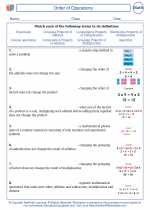Understanding L-Shapes in Math
In mathematics, an L-shape refers to a shape that resembles the letter "L". It is formed by joining two squares at a right angle. Understanding L-shapes is important in geometry and helps in understanding concepts related to area, perimeter, and angles.
Properties of L-Shapes
Here are some key properties of L-shapes:
- Right Angle: The most defining feature of an L-shape is the presence of a right angle where two squares meet.
- Two Perpendicular Sides: The two sides that form the right angle are perpendicular to each other.
- Two Sets of Equal Lengths: In an L-shape, the two sides forming the right angle are typically of the same length, and the other two sides may also be of equal length.
Calculating Area and Perimeter of L-Shapes
To calculate the area and perimeter of an L-shape, you can break it down into its constituent squares and then add up the areas and perimeters of those squares. Here's how you can do it:
Area of an L-Shape
To find the area of an L-shape, you can find the individual areas of the constituent squares and then add them together. If the two squares have different side lengths, you can calculate the areas separately and then add them together.
For example, if one square has a side length of 3 units and the other has a side length of 5 units, the total area would be the sum of the areas of the two squares: Area = (3 * 3) + (5 * 5) = 9 + 25 = 34 square units.
Perimeter of an L-Shape
Similarly, to find the perimeter of an L-shape, you can calculate the individual perimeters of the constituent squares and then add them together. If the two squares have different side lengths, calculate the perimeters separately and then add them together.
For example, if one square has a side length of 3 units and the other has a side length of 5 units, the total perimeter would be the sum of the perimeters of the two squares: Perimeter = (3 + 3 + 5 + 5) = 16 units.
Applications of L-Shapes
Understanding L-shapes is important in various real-life applications, such as designing floor plans, arranging furniture in rooms, and solving geometric puzzles. Being able to visualize and work with L-shapes is a valuable skill in geometry and spatial reasoning.
Study Guide for L-Shapes
To master the concept of L-shapes, here are some key points to focus on:
- Identifying right angles and perpendicular sides within L-shapes.
- Calculating the area and perimeter of L-shapes by breaking them down into constituent squares.
- Practicing visualizing and drawing L-shapes accurately.
- Applying the concept of L-shapes to solve real-world problems and geometric puzzles.
By understanding the properties, calculations, and applications of L-shapes, you can build a strong foundation in geometry and spatial reasoning.
.◂Math Worksheets and Study Guides Fifth Grade. Algebra
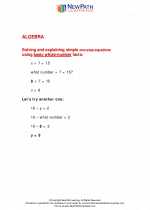
 Activity Lesson
Activity Lesson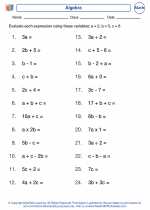
 Activity Lesson
Activity Lesson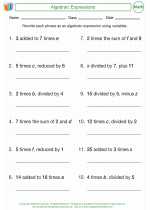
 Activity Lesson
Activity Lesson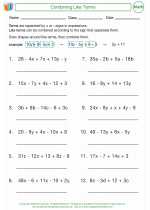
 Activity Lesson
Activity Lesson
 Worksheet/Answer key
Worksheet/Answer key
 Worksheet/Answer key
Worksheet/Answer key
 Worksheet/Answer key
Worksheet/Answer key
 Worksheet/Answer key
Worksheet/Answer key
 Worksheet/Answer key
Worksheet/Answer key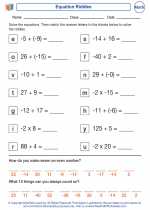
 Worksheet/Answer key
Worksheet/Answer key
 Worksheet/Answer key
Worksheet/Answer key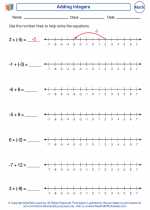
 Vocabulary/Answer key
Vocabulary/Answer key